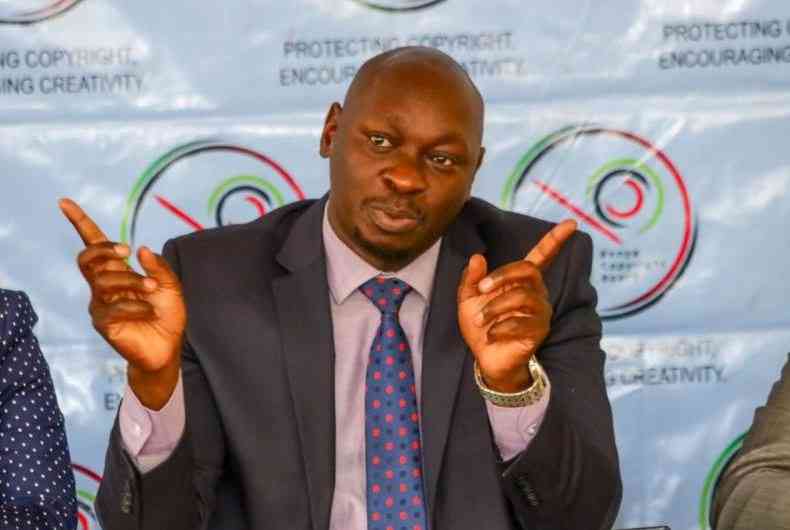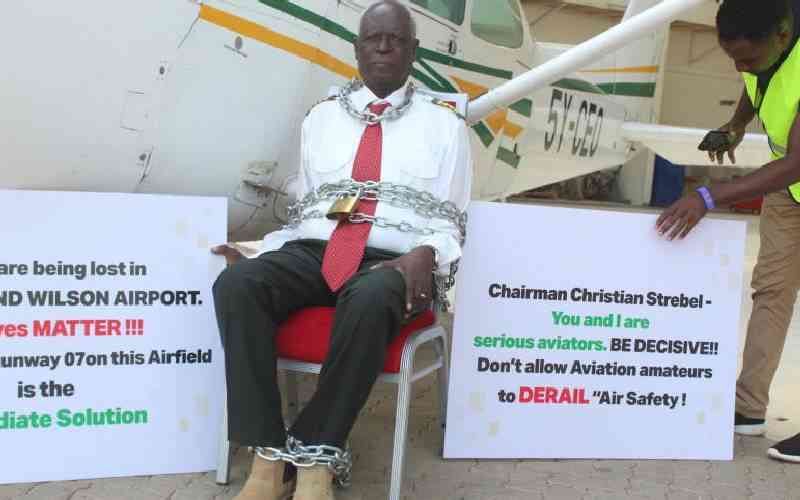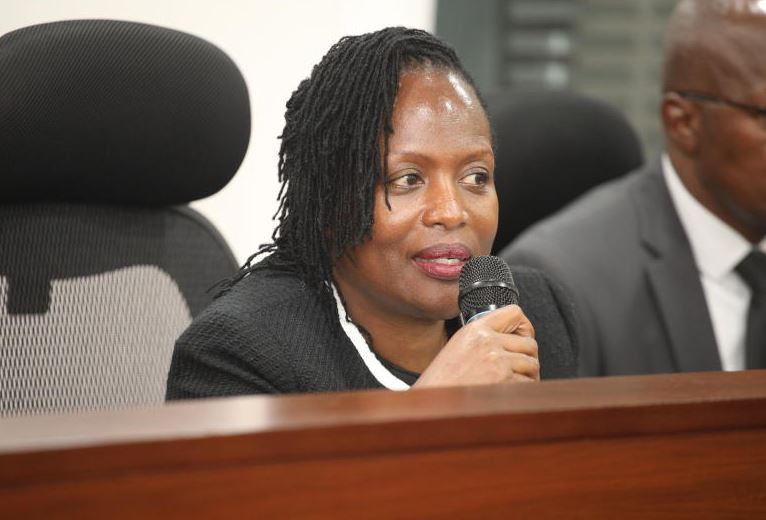For about two years now, Kenya has witnessed a number of air accidents which has resulted in loss of lives leaving trail of questions about air and aviation safety in the country.
For this reason the stakeholders are now calling for urgent measures to avert further tragedies. Some the cases involved light air-crafts with trainee pilots on board.
Between 2023 and 2025, Kenya has witnessed a spate of air accidents, raising questions about the state of its aviation safety.
In January 2025 for instance a light aircraft (5Y-CDC) crash-landed into a building in Malindi, killing three people on the ground.
In November 2024, another aircraft (5Y-FSA) crash-landed in a field near Olooltepes, in September 2024 another aircraft (5Y-PSJ) crash-landed in Nairobi National Park.
In March 2024, a Safarilink Aviation Flight 53 collided mid-air with a Cessna 172, resulting in the deaths of two occupants of the Cessna.
Other incidents involve aircraft like 5Y-OBM which crash landed into an open air field and 5Y-BYQ, which suffered engine failure.
The accidents have brought into sharp focus the challenges faced by the aviation industry in the country, particularly the safety concerns surrounding the flight training schools.
And now some air experts have shared their views on possible causes and remedies; among them Captain Martin Ririani, the chairman of Kenya Flying Schools.
He argues that some challenges include training from congested and unsafe airports, particularly Wilson Airport and Malindi Airport and the airports are no longer conducive for training.
“The congestion at Wilson Airport for instance makes it unsafe for student pilots, we have had a lot of deaths in Wilson due to the surrounding environment. Malindi, too, is risky and unsafe for students,” said Ririani.
He argues the government ought to think of other open spaces like Orly Airpark in Kajiado away from the city for alternative training due to its open spaces and fewer buildings.
Stay informed. Subscribe to our newsletter
“The air-park grass runway, 07, is ideal for training because it is wide and clear of obstacles,” observed the captain observed adding that with additional runways the area can be useful.
“We are appealing to our very able government to intercede on behalf of flying schools. Since inception, the airfield was meant to be a hub for all flight training. Surrounding areas are clear of buildings and there are open fields all round,” said Ririani.
A Kenya Police Captain Charles Nderitu on his part says every air accident is different from the other and that investigations are rarely conclusive.
Even so he explains that in presence of flight data recorder, the cause of accident can be detected.
At the same time Nderitu agrees that air congestion, meaning many aircrafts on air can contribute to accidents just like on the road in very small percentage.
Captain John Maingi, a flight instructor stated the importance of a conducive training environment.
“Orly open fields are ideal for handling emergencies like engine failures during takeoff. So in case your engine has a problem, you are able to identify a field as quick as possible,” said Maingi.
He added: “Runway 07 at Orly aligns perfectly with the prevailing winds, making takeoffs and landings safer for student pilots. Without it, crosswinds pose a significant hazard, especially for solo flights.”
For students like 20-year-old Joshua Ochando, a CPL holder, the risks associated with training in unsafe environments are all too real.
“I once experienced an engine failure near Chale Island in Diani. Thankfully, there was a beach nearby where I could land. In a congested area, I might not have been so lucky.”
Ochando stated the urgent need for safer training grounds especially for students.
“We are investing so much time and money into our training. It is heartbreaking to think that young aviators could lose their lives because of preventable risks,” said Ochando.

























